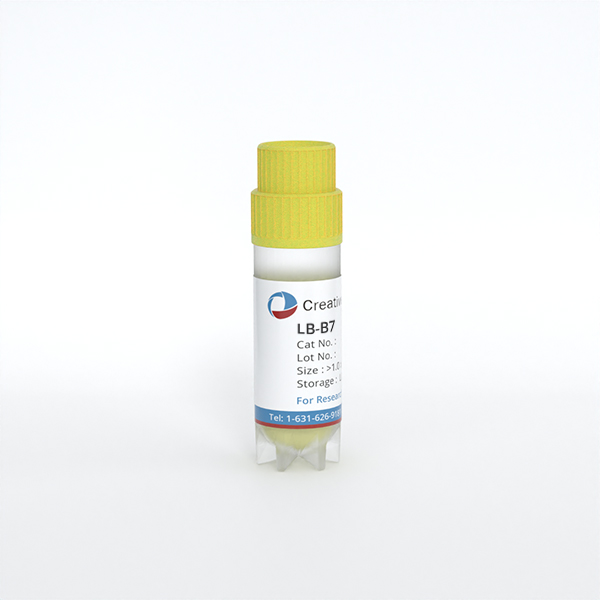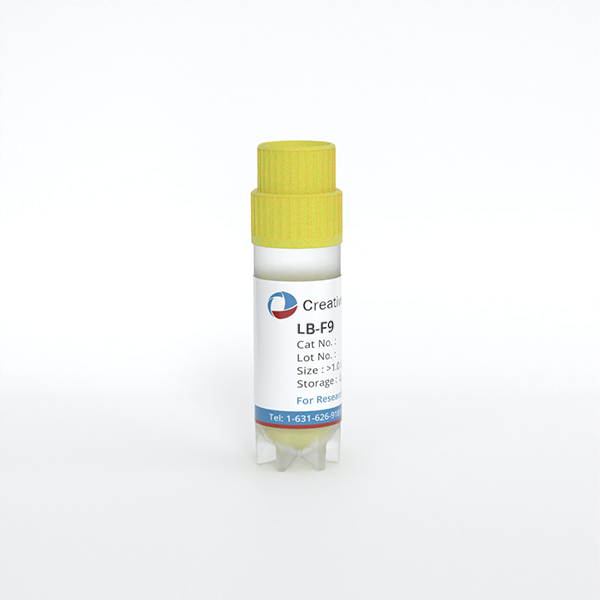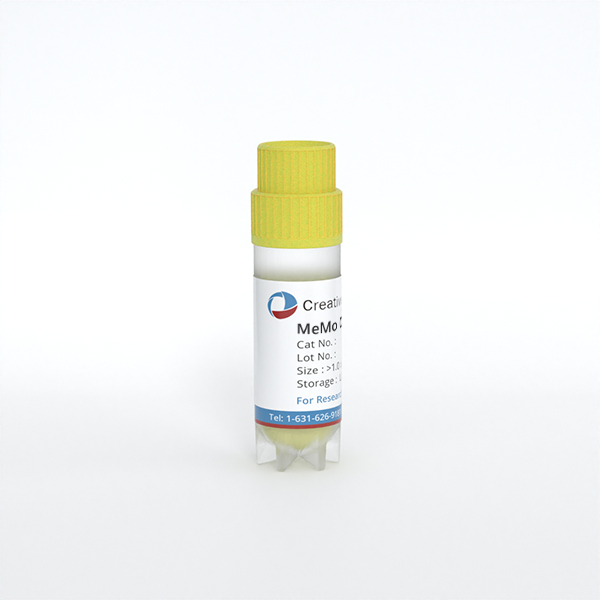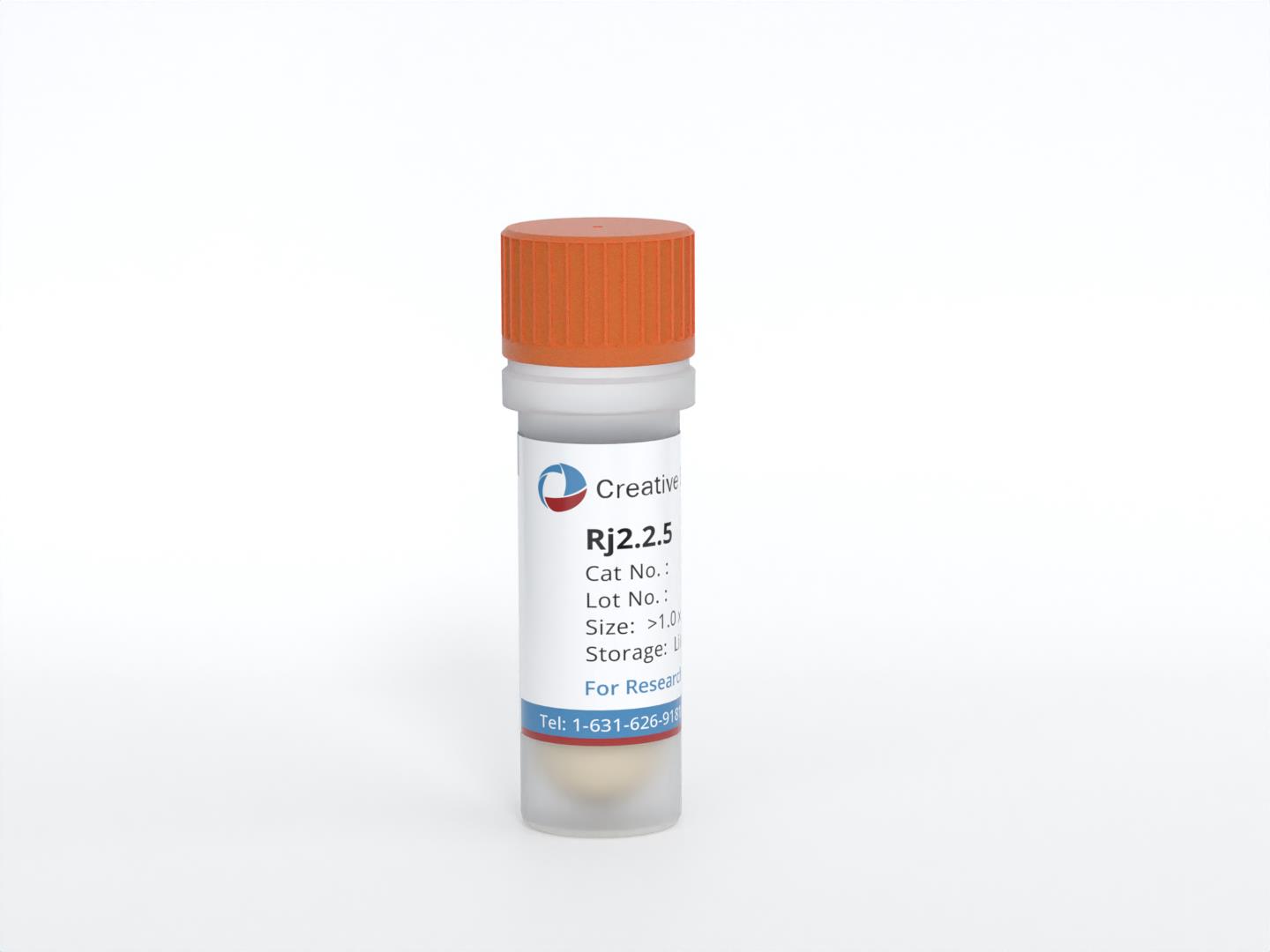Featured Products
Our Promise to You
Guaranteed product quality, expert customer support

ONLINE INQUIRY
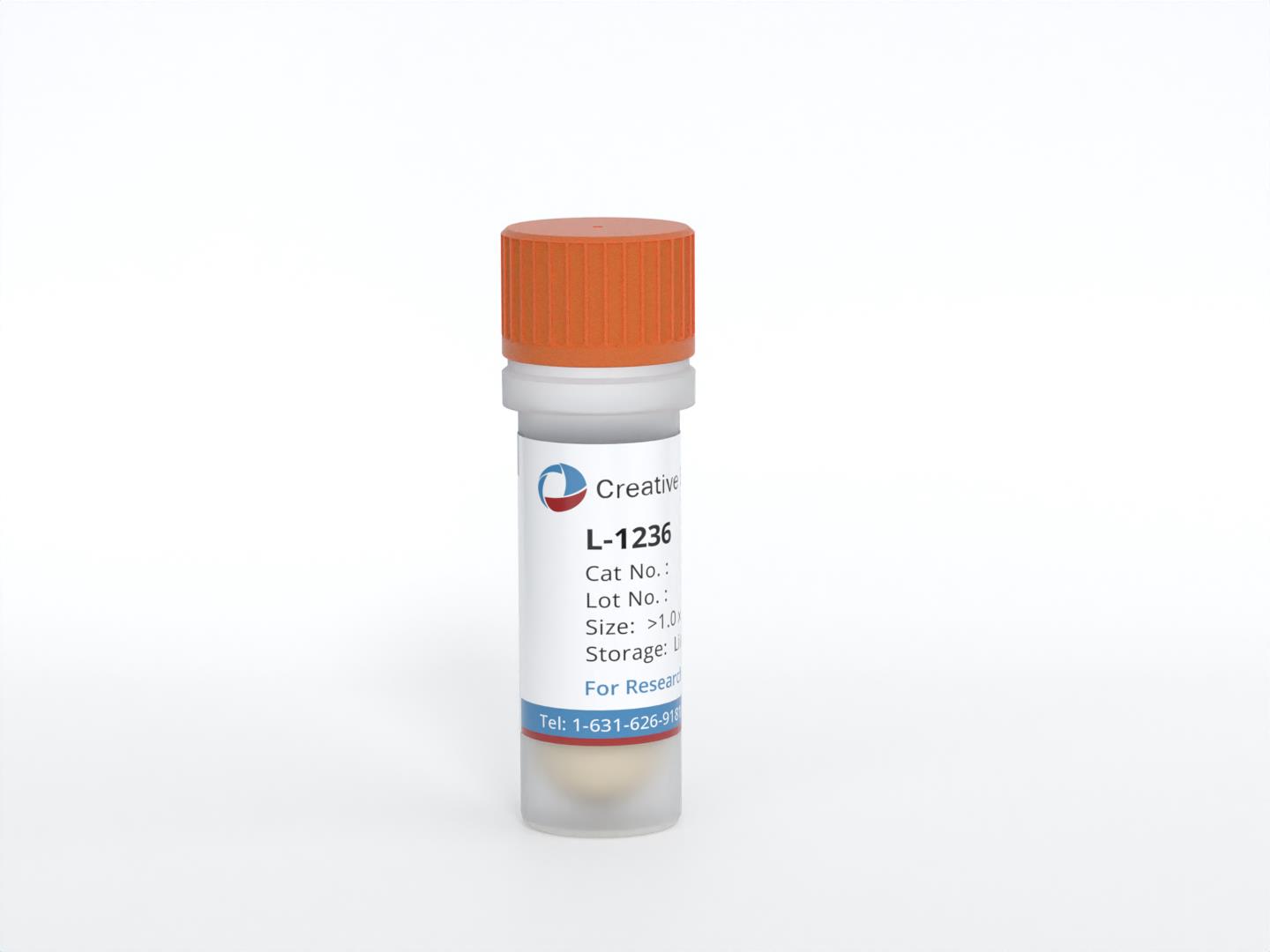
L-1236
Cat.No.: CSC-C0538
Species: Human
Source: Hodgkin lymphoma
Morphology: variable morphology with semi-adherent spheroid to fusiform cells growing in clumps in mono- and multilayers, occasional giant cells
- Specification
- Background
- Scientific Data
- Publications
- Q & A
- Customer Review
Immunology: CD2 -, CD3 -, CD13 -, CD14 -, CD15 +, CD19 -, CD21 -, CD25 -, CD30 -, CD34 -, CD54 +, CD80 +
Viruses: PCR: EBV -, HBV -, HCV -, HIV -, HTLV-I/II -, SMRV -
The L-1236 cell line was established from the peripheral blood of a 34-year-old man diagnosed with Hodgkin lymphoma in 1994. The patient was specifically diagnosed with mixed cellularity subtype, stage IV, refractory, terminal, and third relapse, indicating an aggressive and advanced form of the disease. The establishment of the L-1236 cell line represents a critical development in cancer research, providing researchers with a valuable tool for studying the mechanisms of Hodgkin lymphoma and developing potential treatments.
Due to the aggressive nature of the patient's condition, the L-1236 cell line is of significant interest to researchers focusing on refractory and relapsed Hodgkin lymphoma. Over the years, the L-1236 cell line has been extensively utilized in various research studies aimed at understanding the underlying biology of Hodgkin lymphoma, including investigating potential therapeutic targets, unraveling drug resistance mechanisms, and exploring new treatment options. Its establishment has therefore played a crucial role in advancing our knowledge of Hodgkin lymphoma and has contributed to the ongoing efforts to improve patient outcomes through targeted therapies and personalized medicine approaches.
Amplification of Rearranged V Region Genes From Cell Line L1236
To analyze cell line L1236 for Ig gene rearrangements, three sets of oligonucleotides were used. A VH1 gene rearrangement was obtained with the VH1 leader primer, but not with the FRI primer. Sequence analysis of the PCR product revealed a potentially functional rearrangement of a VH1 gene with the highest homology to the HV1F10 VH1 germline gene (Fig. 1, L1236H1). There are 55 nucleotide differences between the VH gene segment of L1236H1 and the HV1F10 gene (i.e., 87% homology). A JH4 gene was used in the rearrangement, but no DH gene could be identified (Fig. 1).
A VH3 gene rearrangement of unexpected length was amplified with both the VH3 FRI and leader primer. The V gene segment was rearranged into the intron between JH3 and JH4, and there was a deletion of codons 30 to 33 in the complementarity-determining region (CDR) I and a duplication of codons 66 to 73 in FRIII (Fig. 2, L1236H3). Interestingly, close to the rearrangement breakpoint in the JH intron, a tetranucleotide sequence motif (5'CTGG375'CCAG3') commonly found near nonhomologous recombinations involving Ig gene sequences was found twice (Fig. 2). The same motif was also seen near the deletion in CDRI and within the duplication in FRIII (Fig. 2). A potentially functional VK3 gene rearrangement amplified from the genomic DNA of L1236 was composed of the L2 VK3 germline gene rearranged to JK1 (Fig. 3, L1236K3). The VK gene segment of L1236K3 carried 41 nucleotide differences versus L2 (84% homology). One mutation was found in the JKl gene segment (Fig. 3).
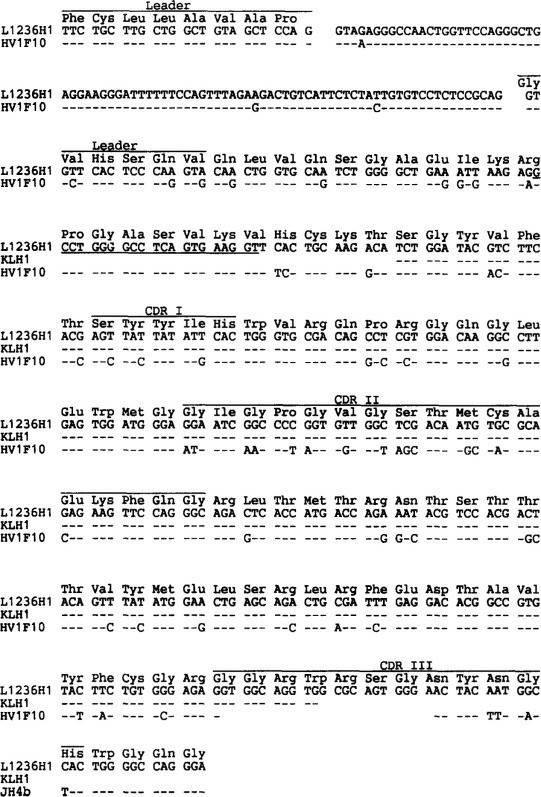 Fig. 1 VH1 gene rearrangements from cell line L1236 and single Hodgkin and Reed-Sternberg (H-RS) cells. (Kanzler H, et al., 1996)
Fig. 1 VH1 gene rearrangements from cell line L1236 and single Hodgkin and Reed-Sternberg (H-RS) cells. (Kanzler H, et al., 1996)
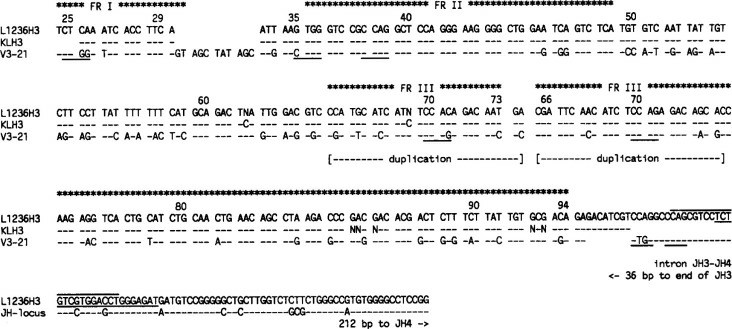 Fig. 2 VH3 gene rearrangements from cell line L1236 and single H-RS cells. (Kanzler H, et al., 1996)
Fig. 2 VH3 gene rearrangements from cell line L1236 and single H-RS cells. (Kanzler H, et al., 1996)
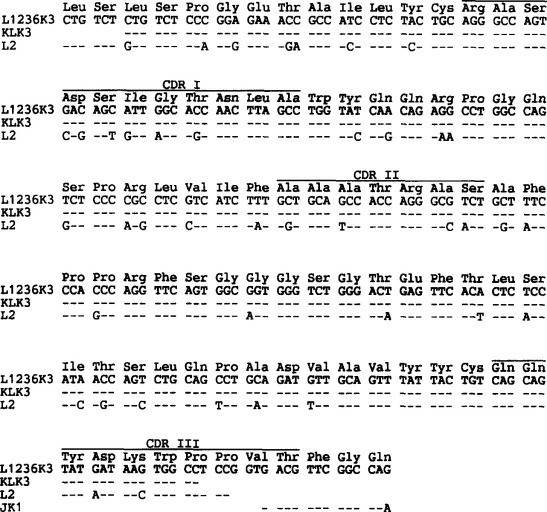 Fig. 3 VK3 gene rearrangements derived from cell line L1236 and single H-RS cells. (Kanzler H, et al., 1996)
Fig. 3 VK3 gene rearrangements derived from cell line L1236 and single H-RS cells. (Kanzler H, et al., 1996)
Comparison of SAGE Profiles from the cHL Cell Line L1236 and GC B Cells
Serial analysis of gene expression (SAGE) profiles were generated from the cHL cell line L1236 and human GC B cells. For the isolation of GC B cells, CD77+ GC cells are used because gene expression analysis based on oligonucleotide arrays showed surprisingly few differences between gene expression patterns of tonsillar centrocytes (defined as CD10+ CD77−) and tonsillar centroblasts (defined as CD77+) (Fig. 4). When compared with GC B cells, the cell line L1236 showed 177 transcripts with higher expression and 287 with lower expression.
Analyzing the downregulated genes, a dramatic loss of B lineage-specific gene expression became obvious, affecting nearly all B-cell-specific genes. Only some genes involved in MHC class II-restricted antigen presentation are still expressed or even show an elevated expression, for example, CD40, B7.1, B7.2, and some MHC class II alleles. Our further studies concentrated on transcripts showing an increased expression in the cHL cell line L1236. Several transcripts known to be involved in or associated with malignant transformation are upregulated or specifically expressed in the L1236 cell line. This includes potential oncogenes, such as PTP4A, rhoC, or L-myc, cathepsins known to be important in tumor progression, and genes involved in cell adhesion, such as the laminin receptor or CD44. In addition to molecules playing a role in signaling cascades, such as Dvl-1 or Nm23-H1, several transcription factors show elevated expression.
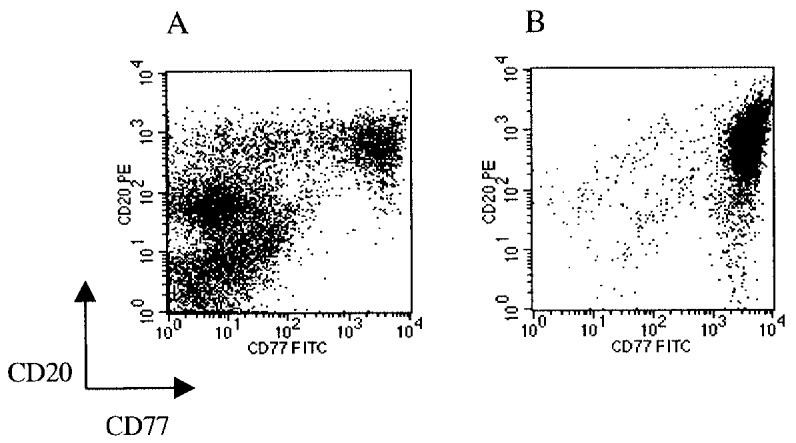 Fig. 4 FACS analysis of human tonsillar mononucleated cells after Ficoll purification (A) and after MACS enrichment of CD77+ cells (B). (Schwering I, et al., 2003)
Fig. 4 FACS analysis of human tonsillar mononucleated cells after Ficoll purification (A) and after MACS enrichment of CD77+ cells (B). (Schwering I, et al., 2003)
Immunohistochemistry (IHC) is a powerful technique that exploits the specific binding between an antibody and antigen to detect and localize specific antigens in cells and tissue, most commonly detected and examined with the light microscope.
L-1236 cells were derived from the peripheral blood of a patient suffering from a severe and advanced form of Hodgkin lymphoma, during a period of terminal illness with the disease in its third relapse. This method of derivation is significant as it allows researchers to study the characteristics and behaviors of lymphoma cells from a highly aggressive and treatment-resistant stage of the disease.
In research and drug development, cell lines like L-1236 provide a critical tool for in vitro studies to understand how a drug affects Hodgkin lymphoma cells. For example, high-throughput screening of large libraries of compounds can be performed on L-1236 cells to identify new potential drugs or drug combinations that show promise against Hodgkin lymphoma.
The L-1236 cell line is considered unique because it was established from a case of Hodgkin lymphoma that was not only in its terminal stages but also refractory and during a third relapse.
Ask a Question
Average Rating: 5.0 | 3 Scientist has reviewed this product
No contamination
The cells from Creative Bioarrayas were free from contamination, which may affect experimental outcomes.
20 June 2022
Ease of use
After sales services
Value for money
Consistent growth and behavior
Throughout my experiments, the L-1236 cells exhibited consistent growth and behavior, crucial for the reproducibility of my research.
24 May 2024
Ease of use
After sales services
Value for money
Remarkable customer services
The customer service team at Creative Bioarray was also remarkable, providing detailed answers to my technical queries and ensuring I had all the necessary support for my work.
11 Apr 2024
Ease of use
After sales services
Value for money
Write your own review
- You May Also Need


